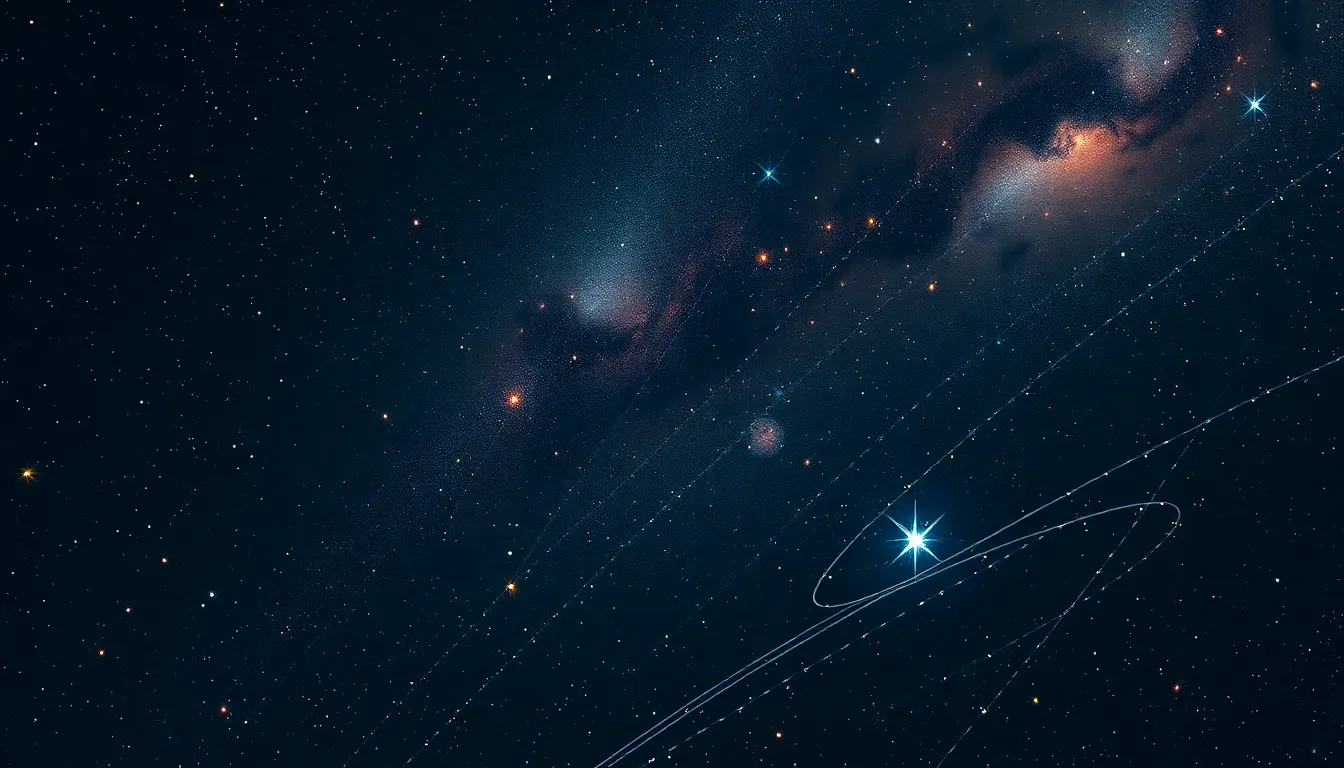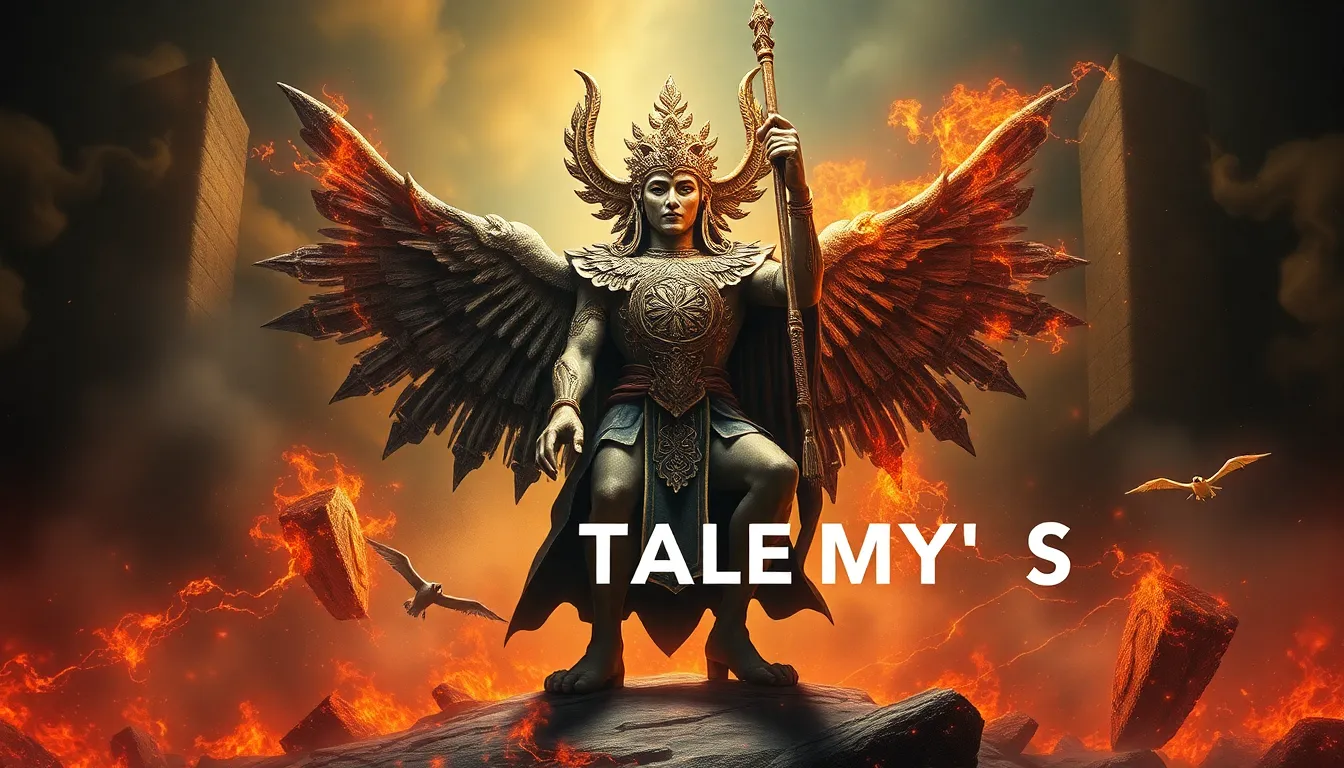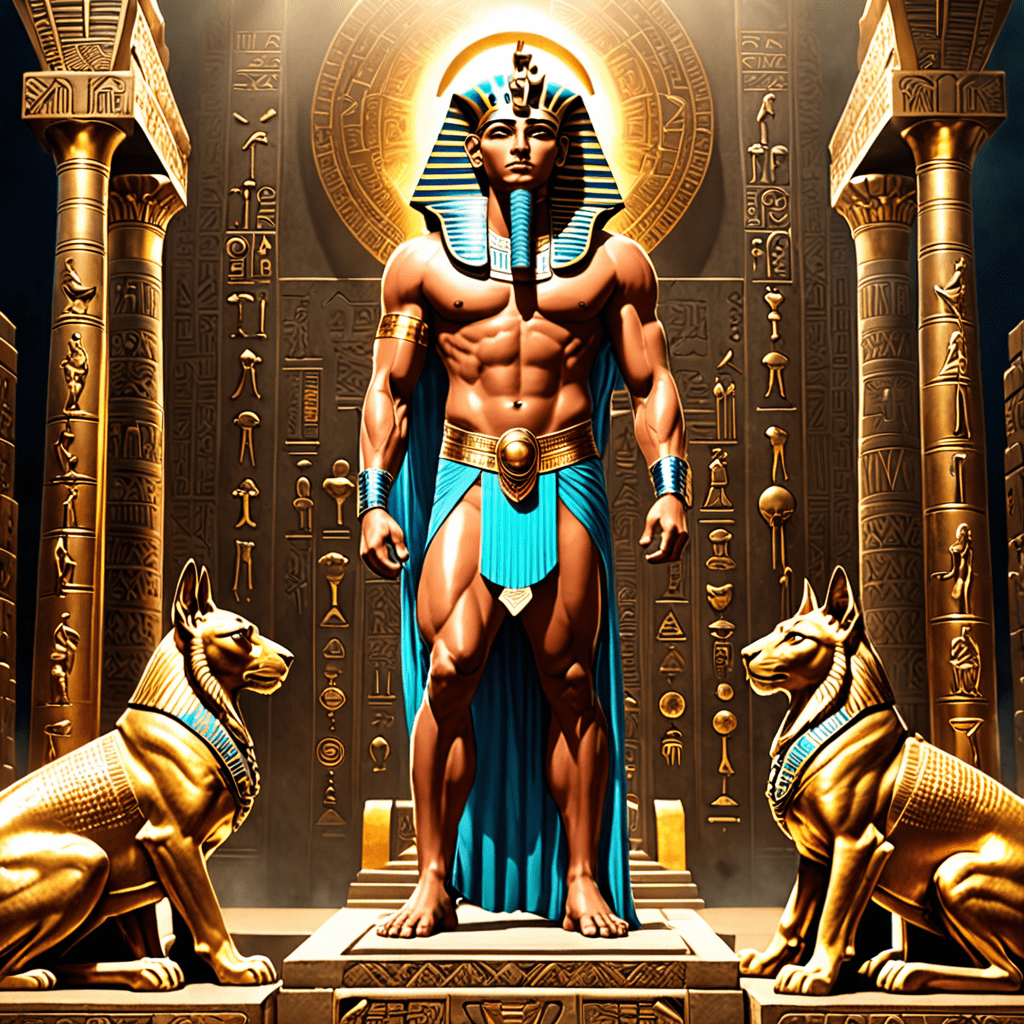The Celestial Storytellers: Myths of Stars and Their Significance
I. Introduction
Stars have always held a significant place in human culture, serving as symbols of guidance, inspiration, and mystery across various civilizations. From ancient times, these celestial bodies have been woven into the fabric of cultural narratives, influencing mythology, religion, and navigation. The role of myths in shaping our understanding of the cosmos cannot be overstated; they serve as a bridge between the tangible world and the vast, enigmatic universe above.
This article explores the rich tapestry of star myths from different cultures, examining their historical context, symbolism, and continued relevance in modern society. Through this exploration, we aim to shed light on how these ancient stories enhance our connection to the cosmos and to each other.
II. The Historical Perspective on Star Myths
Throughout history, various civilizations have looked to the night sky for inspiration and understanding. Star myths often emerged as a way to explain the unexplainable, providing narratives that offered a sense of order to the natural world.
Ancient civilizations, such as the Greeks, Egyptians, and Mesopotamians, crafted elaborate stories that linked celestial events to human affairs. Astronomy played a crucial role in these narratives, as it was often intertwined with agricultural practices, religious beliefs, and navigation.
- Myths as Explanatory Tools: Early humans used myths to explain natural phenomena like changing seasons, eclipses, and other celestial events.
- Storytelling Traditions: Oral traditions passed down these stories, embedding them within the culture and ensuring their survival through generations.
III. Major Star Myths from Different Cultures
Across the globe, different cultures have developed unique star myths that reflect their beliefs, values, and environment. Here are some prominent examples:
A. Greek and Roman mythology: Orion, Ursa Major, and the Pleiades
In Greek mythology, constellations like Orion and Ursa Major are rich with stories. Orion, the hunter, is often depicted pursuing the Pleiades, a group of seven sisters transformed into stars. These myths not only explain the formation of constellations but also reflect themes of love, loss, and the struggle against fate.
B. Indigenous perspectives: The stories of the Aboriginal Australians
Aboriginal Australians possess a deep connection to the stars, often viewing them as ancestors or spirits. The Milky Way, known as the “Dreaming,” is central to their cosmology, representing pathways to the afterlife and guiding seasonal activities.
C. Asian cosmologies: Chinese constellations and their legends
In Chinese mythology, constellations like the Big Dipper and the Three Stars symbolize prosperity, longevity, and happiness. Stories surrounding these celestial figures highlight the interconnectedness of the natural world and human life.
IV. The Symbolism Behind Star Myths
Star myths often convey deeper meanings that resonate with human experiences, reflecting common themes and moral lessons.
A. Common themes in star mythology: Creation, fate, and morality
Many star myths explore themes of creation and the human condition, often illustrating the interplay between fate and free will.
B. The symbolism of constellations in guiding human behavior
Constellations have been used as moral compasses, guiding individuals in their actions and decisions. For instance, the North Star has long been a symbol of hope and direction.
C. The connection between stars and human identity
Stars often represent individual aspirations and identities, reminding us of our place in the universe and our shared human experience.
V. The Influence of Star Myths on Navigation and Exploration
Historically, stars have played a crucial role in navigation, guiding explorers across uncharted waters.
A. Historical navigation: Using stars for guidance
Sailors relied on the position of stars to determine their location and direction, with navigational techniques that have been passed down through generations.
B. The impact of celestial myths on maritime cultures
Maritime cultures often integrated star myths into their navigation practices, using them not only for practical purposes but also as a form of cultural identity.
C. Modern implications: Continuing traditions in navigation
Even in the age of technology, the use of stars for navigation remains a valuable skill, emphasizing the enduring relationship between humanity and the cosmos.
VI. The Science of Stars vs. The Myths They Inspire
The evolution of scientific understanding has transformed our perception of stars, yet myths continue to hold cultural significance.
A. How scientific understanding has evolved alongside star myths
As our knowledge of astronomy has advanced, many myths have been reinterpreted or debunked. However, they still offer valuable insights into human psychology and cultural history.
B. The interplay between mythology and astronomy
Mythology and astronomy have historically influenced each other, with myths often serving as a precursor to scientific inquiry.
C. The significance of stars in modern science and technology
Today, stars are studied not only for their physical properties but also for their role in understanding the origins of the universe.
VII. The Role of Stars in Religion and Spirituality
Stars have long been associated with religious beliefs and spiritual practices across cultures.
A. The connection between celestial bodies and religious beliefs
Many religions have celestial deities or view stars as manifestations of the divine, linking the heavens with spiritual beliefs.
B. Rituals and ceremonies centered around star observations
Numerous cultures conduct rituals based on celestial events, celebrating solstices, equinoxes, and other astronomical phenomena.
C. The spiritual significance of constellations across cultures
Constellations often carry spiritual meanings, serving as guides for moral conduct and life decisions.
VIII. Contemporary Interpretations of Star Myths
In recent years, there has been a resurgence of interest in star myths, particularly in the realm of astrology and popular culture.
A. The resurgence of interest in astrology and its cultural implications
Modern astrology has gained popularity as individuals seek to understand themselves and their destinies through the lens of celestial influences.
B. The impact of popular culture on the perception of star myths
Movies, literature, and social media have played a significant role in reinterpreting and popularizing ancient star myths, making them accessible to new generations.
C. How modern storytelling reflects ancient celestial tales
Contemporary narratives often draw inspiration from ancient myths, weaving them into new stories that resonate with current societal themes.
IX. The Importance of Preserving Star Myths
As we move further into a technologically driven future, the preservation of star myths becomes increasingly important.
A. Cultural heritage and the preservation of oral traditions
Oral traditions are vital for maintaining cultural identity, and the stories of stars play a significant role in this heritage.
B. The role of education in keeping star myths alive
Educational initiatives can help ensure that younger generations are aware of their cultural myths and the wisdom they impart.
C. The significance of celestial storytelling in a modern context
Celestial storytelling offers a way to connect with our ancestors, reminding us of our shared history and the mysteries of the universe.
X. Conclusion
The myths of stars are more than just ancient stories; they encapsulate human experience, culture, and our quest for understanding the cosmos. These celestial narratives continue to shape our identity, guide our actions, and inspire us to look beyond ourselves. The ongoing relationship between humanity and the cosmos is evident in our fascination with the stars, as we weave their stories into the fabric of our lives. Preserving these myths is essential, not only for cultural heritage but also for maintaining our connection to the universe that surrounds us.




